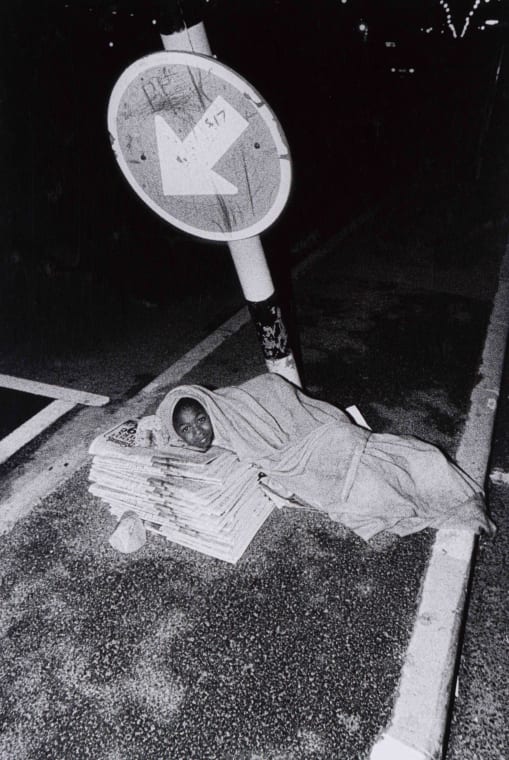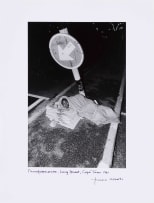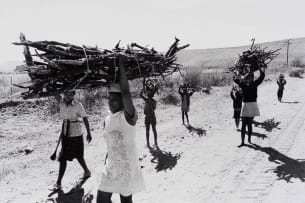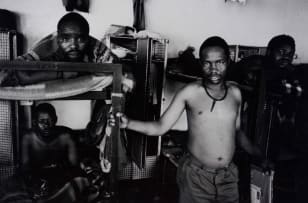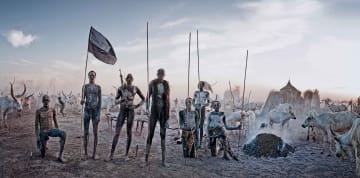Perspectives on Africa
Live Virtual Auction, 17 February 2025
Perspectives on Africa
About the SessionStrauss & Co is pleased to present Perspectives on Africa, a sale that explores the complexity, beauty, and fluidity of perspectives through African art and works by artists with strong ties to the continent. The sale coalesces the rich and varied connections between Africa and its artistic expressions, presenting works that span figuration, landscape, and abstraction, inviting collectors to engage with powerful narratives emerging from Africa's evolving perspectives. The works reflect layered meanings, both as a method of representing depth and dimension as a way of framing our understanding of the world. Work by Contemporary artists reflects on the historical foundations of Modernist artists, exploring themes such as identity, belonging, urbanisation, and re-encounters with tradition, while the sale transitions to Modernist interpretations of Africa, exploring the complexity of colonial encounters, post-independence aspirations, and indigenous practices. Building on Strauss & Co’s commitment to developing a strong local photography market, the sale includes an artist focus on the work of social documentarian Paul Alberts, whose images captured poignant narratives of everyday life, particularly in Cape Town. These works sit alongside David Goldblatt and Zanele Muholi, whose visceral images explore themes of identity, social justice and the multifaceted realities of African life.
Incl. Buyer's Premium & VAT
About this Item
signed and inscribed with the title in ink in the margin; inscribed with the title in pencil on the reverse
Notes
Paul Alberts is one of South Africa's most profound social documentary photographers, whose work is a vital thread in the nation's artistic and historical narrative. Not only is his subject matter an important window into the impact of apartheid, but as Andre Brink (1979) declares when referring in particular to his portrait photography, Alberts' photographs are a "profound aesthetic experience." He states that "his photographs ' … in a subtle and surprising variety of ways … offer an incisive comment on the human condition."1 Alberts' exemplary skill at composition can certainly be seen in the five lots that form part of this artist focus.
In 1981, Alberts embarked on a photographic essay documenting the lives of children employed to sell newspapers in Cape Town, later included in Some Evidence of Things Seen (1997). This publication aimed to foster awareness about the plight of South Africa's children. Introduced by Nelson Mandela and featuring contributions from Albie Sachs and Archbishop Desmond Tutu, the book underscores the urgency and empathy in Alberts' work.2
One can see similarities in the two photographic styles and subject matter. Like Goldblatt, Alberts' black and white photographs and complimentary writings offer an unflinching chronicle of apartheid era South Africa, bearing witness to systemic oppression while capturing the humanity and resilience of marginalised communities. To honour Paul Alberts' work is to acknowledge not only his artistic and journalistic prowess but also his unwavering commitment to truth and justice during one of the most challenging periods in South African history.
The next five lots showcase works from various photographic essays featured in Alberts' eight published books. Each photograph demonstrates his exceptional ability to transcend documentation, delivering images saturated with compassion and dignity. Through meticulous composition, Alberts imbues his subjects with a quiet power, affirming their humanity in the face of dehumanising circumstances.
On capturing the present lot, Alberts recounted:
"It was around 5am on a cold, wet day in the winter of 1981, when the wind cut through your body and made your limbs ache. It was pitch dark. I knew one of Moos's newspaper vendors was left at the marker of Long Street and Hertzog Boulevard on the Foreshore of Cape Town, I went to see how he was coping. At first, I only saw a bundle wrapped in a thin blanket lying on top of a pile of newspapers together with some stones to keep the wind from scattering the newspapers. The bundle was Moos's Vendor. The flash on my camera must have woken the boy; the next moment his surprised face peeped through the blanket. He smiled when he saw me. He said he had got a fright, as he thought it was the police. I visited this spot several times during the next hour or so. At about 6:30, I found another child selling The Cape Times. The day was breaking, and commuters were walking past the two boys on their way to work. The boy wrapped in the blanket kept on sleeping. When someone asked for a copy of Die Burger, the boy selling The Cape Times would take a copy of Die Burger from underneath the sleeping boy's body and sell it on his behalf. He dutifully put the money on the sidewalk next to his sleeping comrade."3
1 Andre P Brink (1979) In Camera: Portraits by Paul Alberts, Pretoria and Cape Town: Haum, unpaginated.
2 Matthew Burbidge (2011) From obscurity for posterity, a camera's dark focus, Mail & Guardian, https://mg.co.za/article/2011-01-20-from-obscurityfor- posterity-a-cameras-dark-focus/, accessed 21 January 2025.
3 Paul Alberts (1997) Some Evidence of Things Seen: Children of South Africa, Johannesburg: Open Hand Trust, page 110.
Literature
Paul Alberts (1997) Some Evidence of Things Seen: Children of South Africa, Johannesburg: Open Hand Trust, illustrated on page 110.
Paul Alberts (2009) Buite die hekke van Eden, Pretoria: Protea Boekhuis, illustrated on page 289.
Provenance
The Paul Alberts Estate.
The Photographic Archival and Preservation Association.
